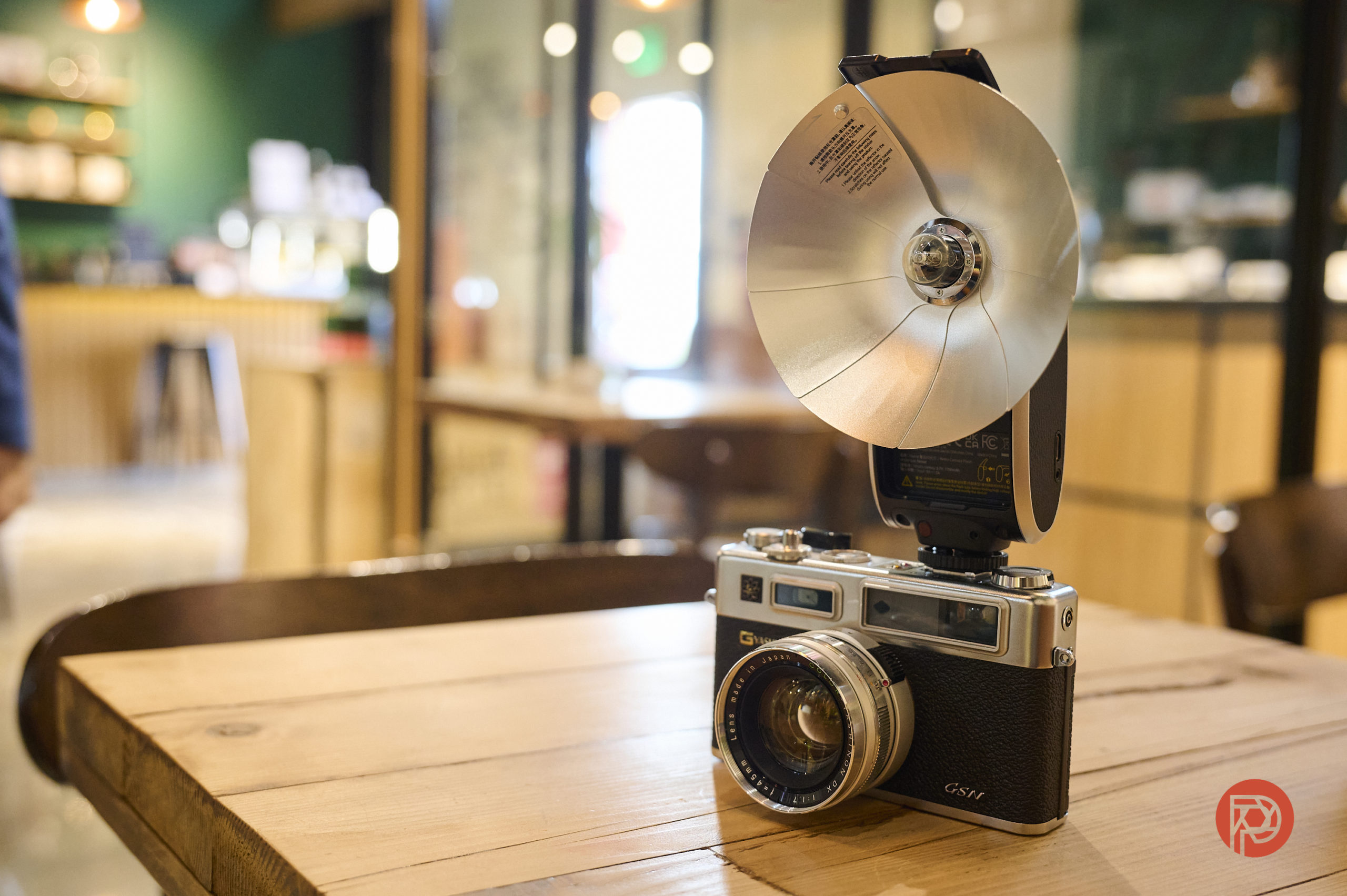If you’re someone who began their photography with digital cameras, we can safely say you’ve probably never used a flash that looks like this. With a precise aim to be an eye-catching conversation starter, the Godox Lux Senior is a pocket-sized flash that looks great when opened up. It can be a bit daunting to use for beginners, but I doubt this product is aimed at them. You need to work within and around the flash’s limitations to get the best out of it. Overall, it’s probably something you’d use for the joy of challenging yourself than as a professional accessory.
Subscribers get some sweet perks and are automatically entered into contests! Download our app for iOS, iPad, and Android and get no banner ads for $24.99/year.
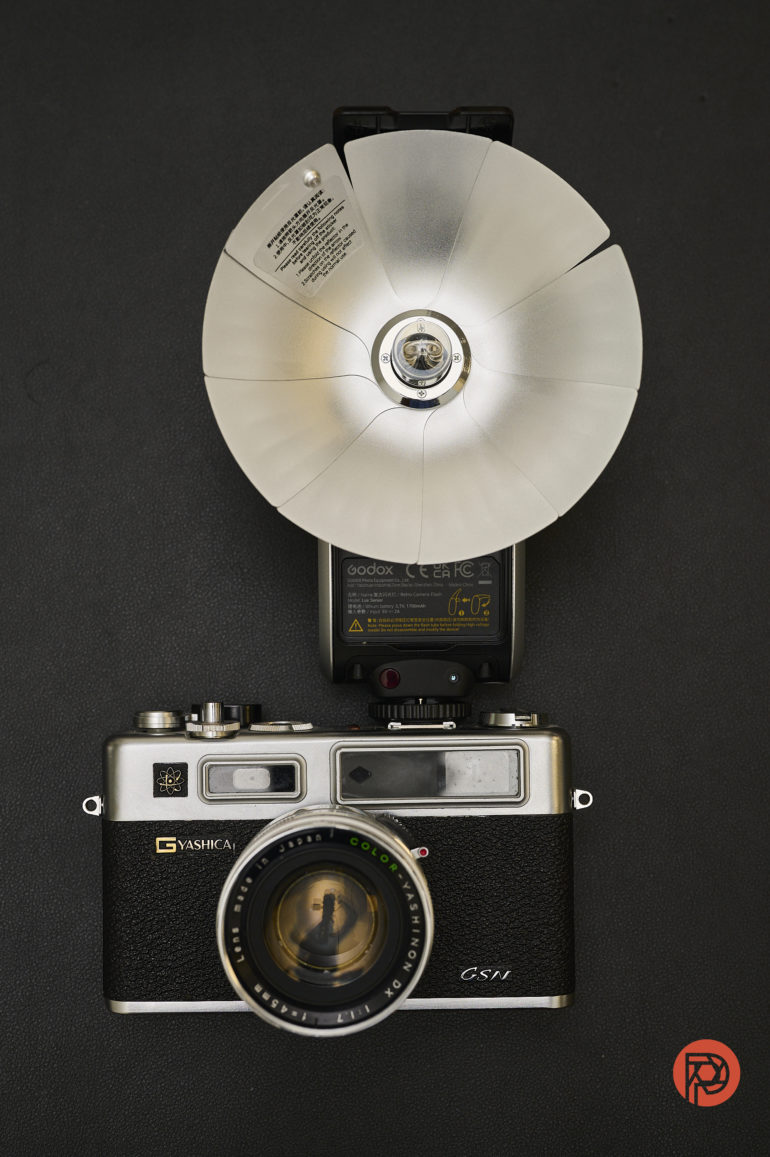
When Godox announced their Lux Senior and Lux Junior flashes, editor-in-chief Chris Gampat and I immediately knew we wanted to test these out. I know Chris probably keeps his on his X-Pro 3 all the time when he goes out. Both these units look awesome and, challenging as they are, they are lots of fun to use. They’re devoid of most useful flash features we’re used to, like TTL and high-speed sync. This means you’ll have to step up your light metering skills while using them.
I got a lot of curious looks when people saw the Godox Lux Senior opened up on my camera. That reflector really gets people wondering what you’re planning with the flash. Show them what it does and make some new friends or admirers. But have fun with it whatever you do. And appreciate the professional photographers from decades ago who only had manual flashes to work with but still made great pictures.
Table of Contents
The Big Picture
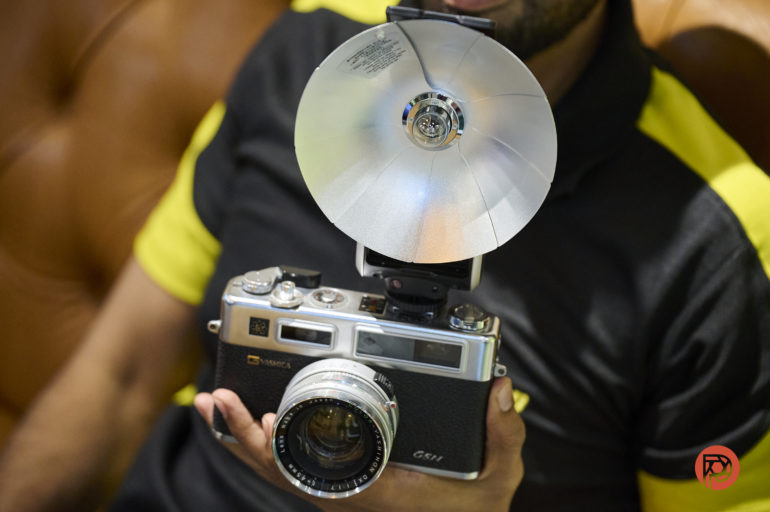
A pocket-sized flash that’s fun to use and challenges you each time you click, the Godox Lux Senior isn’t for everyone. If you’re someone who’s used manual flashes a lot and then moved on to automatic ones, you’ll enjoy the throwback the experience of using this one gives. If you’ve never used one of those before, then the initial few days with it might be frustrating. But I can’t say this is a flash to be taken seriously. Much like you’d use an Instax camera at a party or a family gathering, it’s more for the joy of using one and the quirky results it gives than anything else.
It can produce the right results when used in the appropriate conditions. And it’s USB-C rechargeable, so there’s no fumbling around to find the batteries for it in your drawer full of spares. It’s an incredibly good conversation starter and will give you a solid appreciation for the struggles that film-era photographers would go through daily.

The Godox Lux Senior receives four out of five stars. Want one? Check them out on Amazon.
Pros
- Head-turning design when you open up the reflector
- Pocket-sized and weighing just 227 grams/8 ounces
- S1 and S2 optical slave modes are available (but I don’t really see anyone using this flash as one)
- Manual and Auto modes
- Fun to use once you understand how to set the metering panel
- Not camera model specific. It can work with pretty much any camera that has a hot shoe
- Built-in rechargeable battery
- Rated to work even in 122F temperatures
Cons
- No TTL or high-speed sync
- Flash head can’t tilt or rotate to bounce off ceilings or walls.
If Godox makes a smartphone app for the Senior and Junior flashes, that might help people understand how to correctly set the flash power based on their camera settings. It’s not rocket science of course. But I can see many amateur photographers and non-strobists might find the metering dial on the Godox Lux Senior a little confusing.
Gear Used
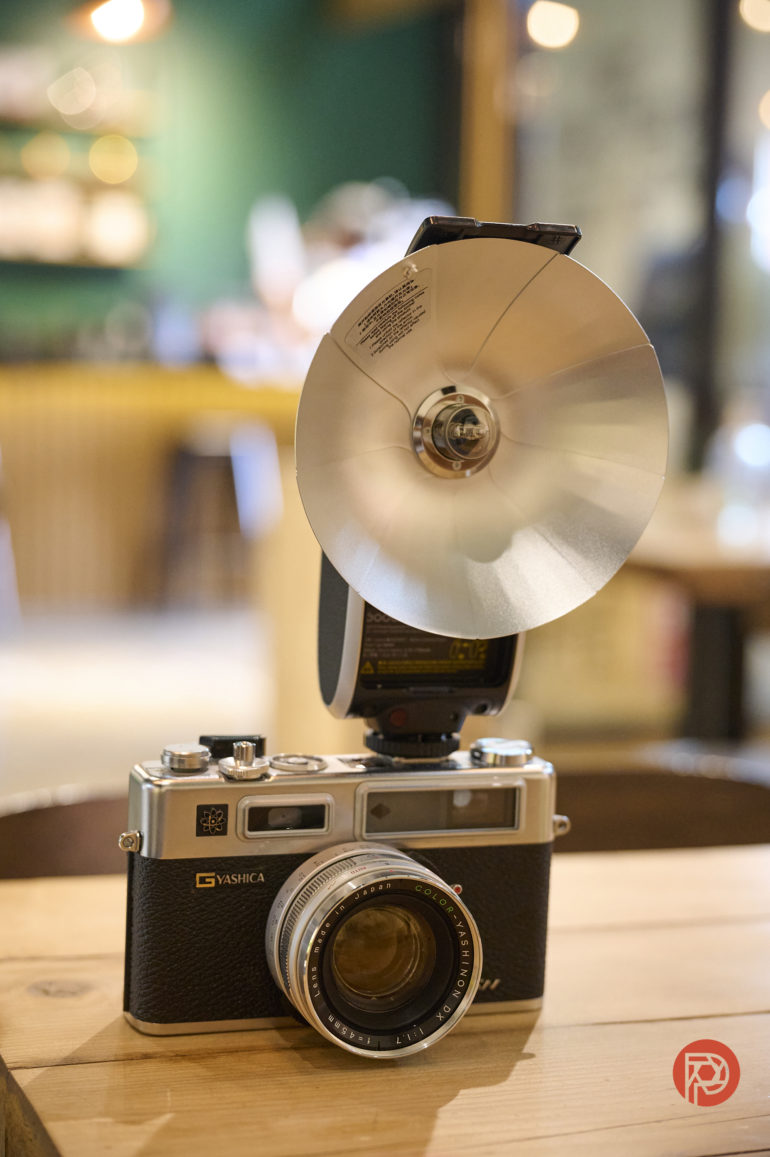
The Godox Lux Senior unit we received is for keeps. We tested the flash with the following:
- Nikon Z6 II
- Nikkor Z 50mm f1.8 S lens
- Nikkor Z 24-120 f4 S lens
Innovations
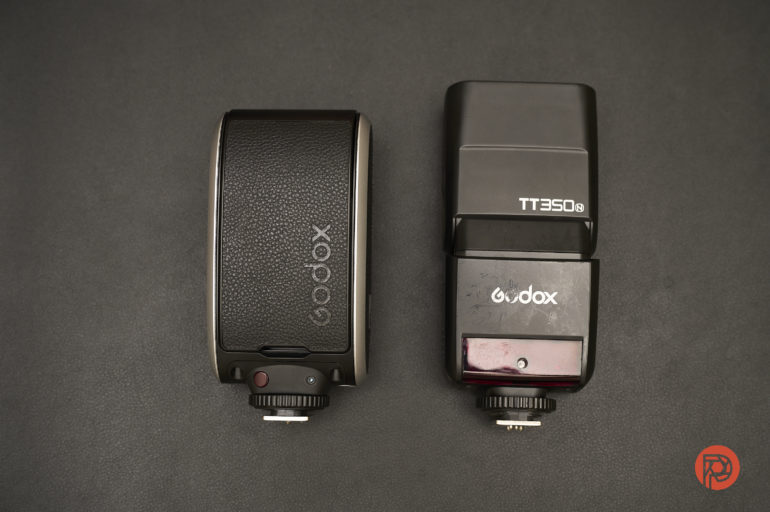
If anything in here can be considered innovative, it’s the fact that Godox managed to fit a bare flash bulb and a round reflector into a pocket-sized flash. It’s not much bigger (when folded) than their TT350 model. The design is a nice homage to the flashes of yesteryear, and Godox should be applauded for doing something different than everyone else.
Ergonomics
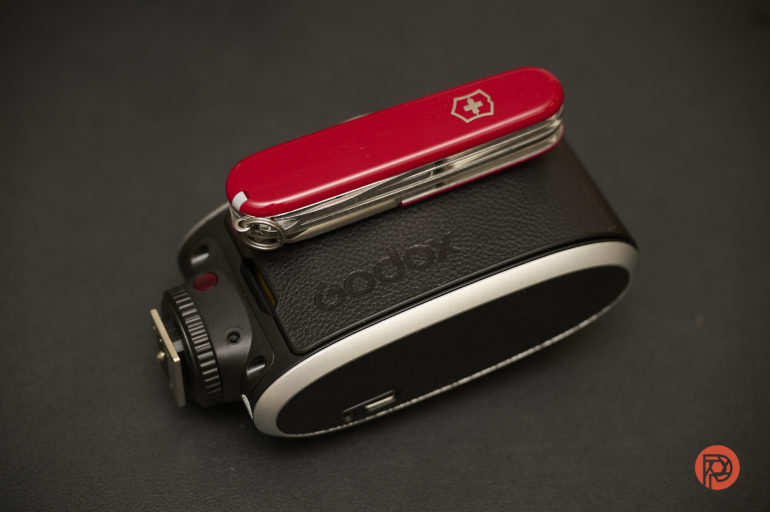
It’s small. It’s not much bigger than a standard-sized Swiss Army knife. You might even mistake this for a wallet or coin holder of some kind if you don’t turn it around to see the back.
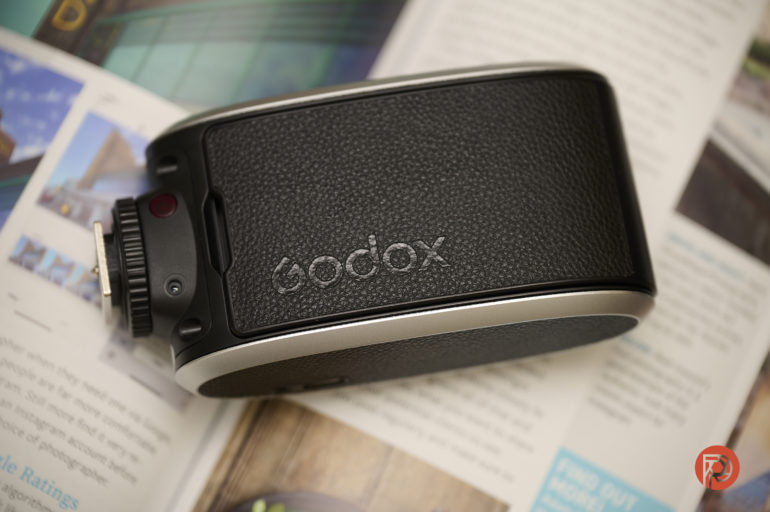
The front and sides are covered with synthetic leather, which isn’t particularly soft. I guess this was added more for the look of it.
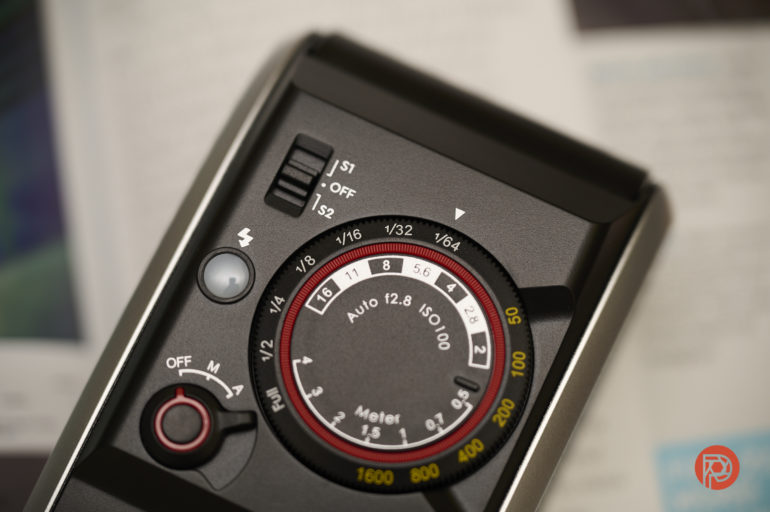
At the rear, you have the flash test button, which also acts as the indicator for when the flash is ready to fire.
You also have the S1 and S2 optical slave modes. For the purpose of this review, this was switched to the OFF position.

The power switch allows you to set it to Automatic or Manual mode, and you also have the flash power dial as well as the Metering Ring.
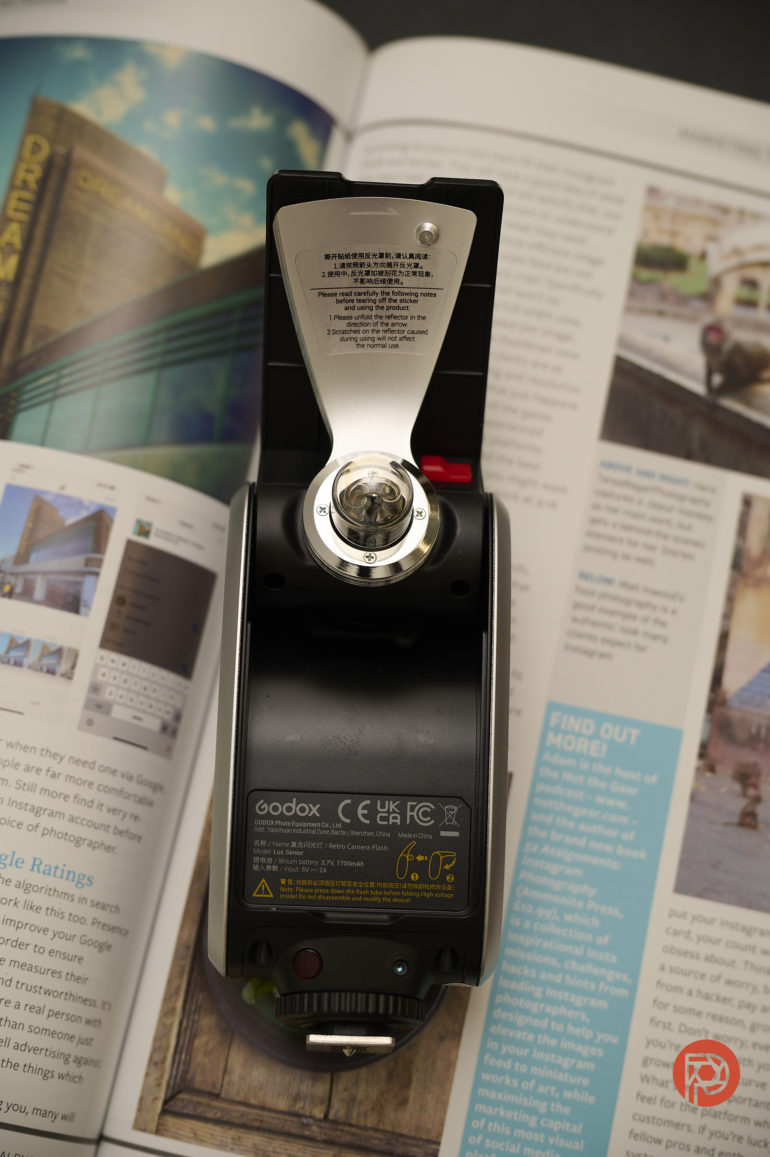
Open up the main compartment, and you’ll be greeted by the main flash bulb and the folded reflector. The bulb doesn’t automatically tuck away when you’re done, so you’ll have to press on it as you close the flash for storage.
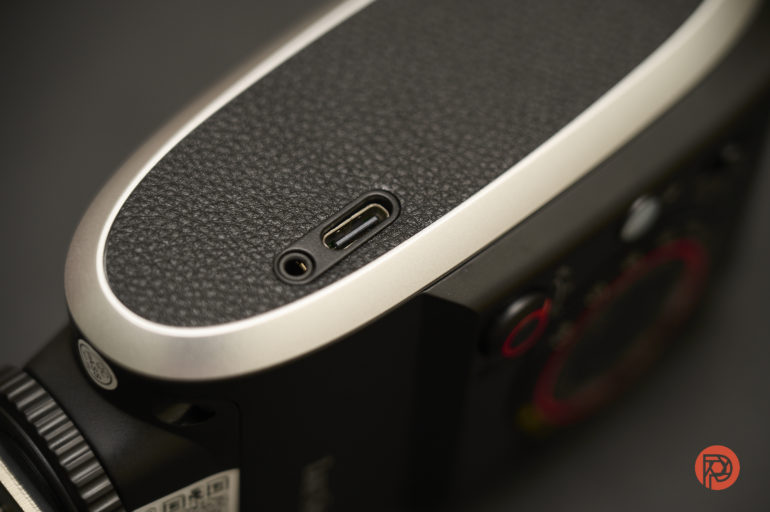
One side is plain, while the other has USB-C charging and sync ports.
Ease of Use
Godox includes a pocket-sized printed manual inside the box of the Godox Lux Senior. You can also download a pdf of the manualvoff the product page on their website. But unfortunately, you can’t search for text in that pdf; it appears to just be images of the manual inside it.
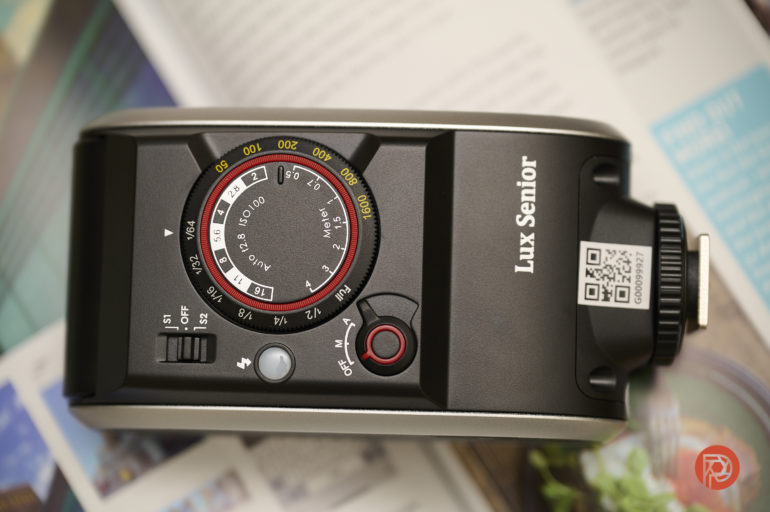
I would turn the power switch to ON only after opening the flash to avoid accidentally triggering it while it’s closed. It’s not the most powerful of flashes, but I wouldn’t want to expose the interior to any heat the flash might generate if triggered.
Because the hot shoe doesn’t have the contact points needed to transfer information between the flash and camera, it’s best to turn exposure preview off on your camera. This is usually the d8 or d9 menu setting on Nikon Z cameras. When using flashes like the SB910 or the Godox V1, your camera adjusts the LCD/EVF preview based on your flash setting and the camera settings. Let’s say you were indoors and wanted to use your Godox Lux Senior flash at 1/200s, f4, and ISO 100. If you had exposure preview turned on, you’d probably get a dark EVF result using the camera indoors with these settings.
AF Is Better When Exposure Preview Is Turned Off

I was trying this out inside a dimly lit coffee shop, and it was tough for my Z6II to get the eye-tracking AF to work. I typically leave exposure preview on even when my regular speedlights are attached, as the camera compensates for the flash power settings. Turning exposure preview off makes the EVF and LCD function like an optical viewfinder. When using Godox Lux Senior, keep the exposure preview turned off. You’d have to meter manually or use trial and error for the correct power output, but you can focus a lot easier with the flash attached and exposure preview off.

The first time I opened up the reflector, I couldn’t fan it back in correctly. Somehow, the rearmost reflector petal (if we can call it that) got stuck at the 1 o’clock position. While I was able to turn all the other petals back over the base one, I couldn’t close the flash since this needs the petals to be in the 12 o’clock position. Gentle nudging didn’t help fix it, so I gave it a bit more pressure than I would use to try and move it. Thankfully it popped back into place, and I could close the flash. I suspect the base petal may have been moved out of position the first time. It’s best to not use too much force while fanning out the reflector for taking photos, just in case this isn’t just an issue with my unit alone.
Godox says the Lux Senior gives 150 flashes at full power. This also means that the recycle time then drops to just under three seconds.
Manual Mode
This is probably the best way to use the Godox Lux Senior flash. I couldn’t immediately figure out how the dials on the back of the flash worked. One of them was for setting the power output, but the inner dial just seemed to turn a bit too smoothly to have any effect on settings. It turns out that this dial actually doesn’t do anything except help you calculate the power output more efficiently.
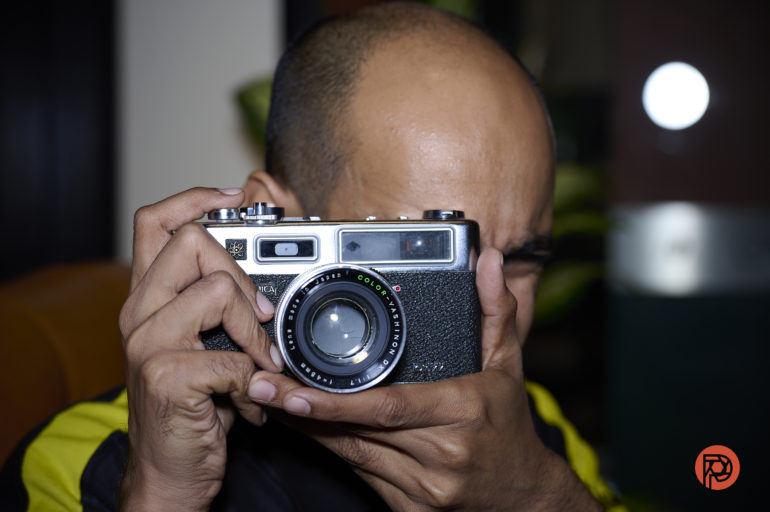
So the way to do this right is to first pick your camera settings, specifically ISO and aperture. Then make an approximation of the subject’s distance from your camera. You don’t have to consider your focal length, just the actual distance of your subject. Turn the metering dial at the back of the flash so that the ISO value on your camera lines up with the distance value. You’ll now see the various aperture values aligning with the recommended power settings, but this is just an indicator. See what power value corresponds with the aperture setting you’ve dialed in on your camera. Then turn the power dial to match this value.
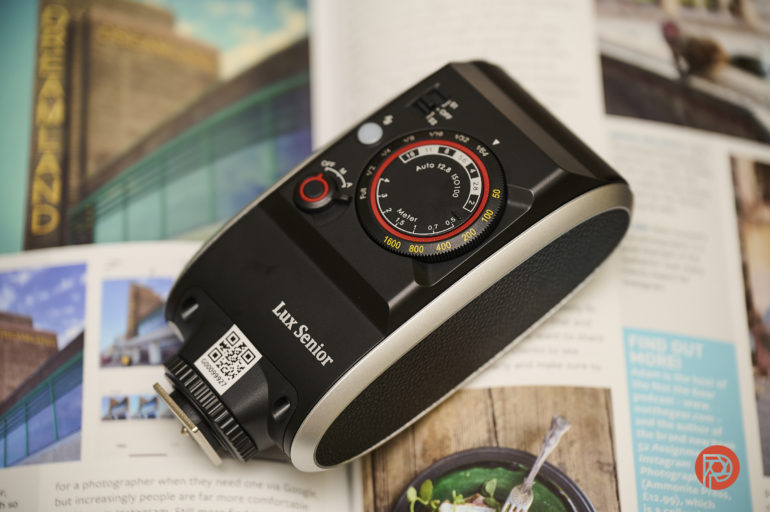
Sounds complicated? It will be if you’re not used to using older manual flashes. But if you think this is a time-consuming way, then go ahead and do what I do, even with most newer flashes. Start with a power value that feels right to you. Take a snap and dial up or down the power strength until you get a properly exposed image. More often than not, this will be a quicker way to use this flash.
Auto Mode

There is an optical sensor at the front of the flash, which I believe is what does the power output calculations for the Godox Lux Senior in auto mode. I ran a few trials where I alternated between manual mode and auto, to see if the auto mode really did adjust the power by itself. It definitely gave me brighter images compared to the manual setting it was on. But in my tests, I found that the output was underexposed. While it wasn’t erratic, I preferred to use the manual mode for better control over the output.

Image Quality

If your white balance is set to auto, you might see your images having a blue tinge. Dial in Flash WB, and you’d be seeing your results looking more neutral or warm.
Now the lack of a tiltable head means that you can’t bounce the light output off walls and ceilings, which I typically love to do to get softer results when using speedlights. Remember the look that tiny flashes in compact cameras used to give when used with group pictures? It’s not quite as harsh as that, but the Godox Lux Senior can give that look if you’ve dialed in power output that’s higher than needed. Expect blown highlights and harsh shadows while using the Godox Lux Senior if you use TTL on your flashes most of the time. That doesn’t mean you can’t get good results using the Godox Lux Senior. It’s just that you’d have to do pretty much all the work to get the exposure right when doing so.
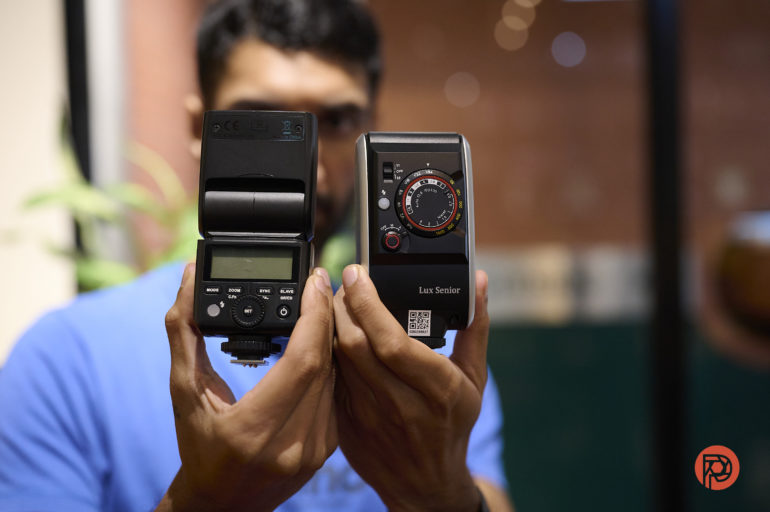
If your camera has built-in picture profiles or can use custom ones that mimic film stock, that would make your images look even more nostalgic.
Extra Image Samples
From day one, The Phoblographer has been huge on transparency with our audience. Nothing from this review is sponsored. Further, lots of folks will post reviews and show lots of editing in the photos. The problem then becomes that anyone and everyone can do the same thing. They’re not showing what the lens can do. So we have a section in our Extra Image Samples area to show edited and unedited photos. From this, you can make a decision for yourself.
Unedited



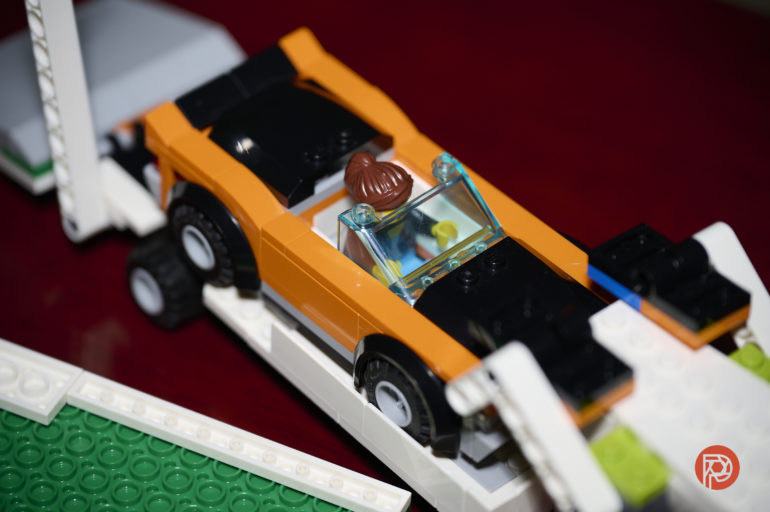

Edited






Who Should Buy it?
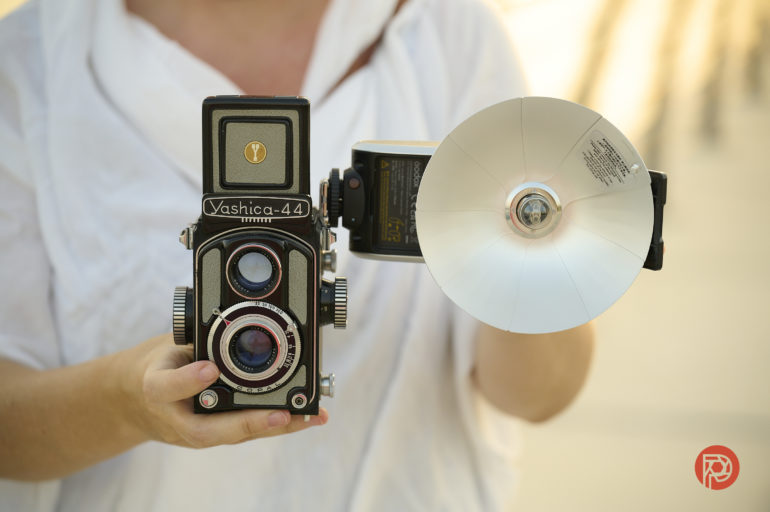
If you’re into a slightly harsher flash output look, such as what some fashion photographers are into these days, then the Godox Lux Senior would work pretty well for you. It gave me better results outdoors when used as a fill flash. Indoors, it really needs patience. If you’re the one who’s always asked to bring a camera to parties and events, slip this flash into your back pocket. It’ll get a lot of interesting questions and make you the star of the evening. Pair it with a decent camera, and you’ll get images that rival any instant camera’s output. Or, if you want to channel your inner Bruce Gilden and do some close-up street portraits on the go, add this to your arsenal. It’ll challenge you with every click, and you’ll improve the photos you take with it. I’m keen to see what else Godox has lined up for release.
Tech Specs
Taken from the Godox Lux Senior product page:
| GN (1/1 level) | GN14(ISO100, in meters) |
| Lithium battery | 3.7V 1700mAh |
| Input Parameter | 5V ⎓ 2A |
| Flash power | 7 levels: 1/1-1/64 |
| CCT | 6000K ± 200K |
| Focal length | 28mm (fixed value) |
| Optical flash | S1 optical control / S2 optical control |
| Working environment temperature | -10℃~50℃ |
| Recycle time (Max. level) | <3S |
| Full power flash times (1/1 level) | 150 times |
| Dimension | 84mm x 114mm x 176mm |
| Net weight | 227g |
The Phoblographer may receive affiliate compensation for products purchased using links in this blog post.


